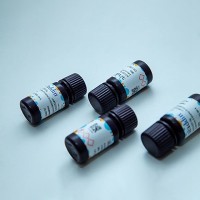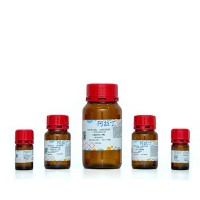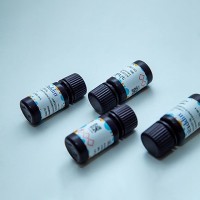Studies investigating mechanisms that control gene regulation frequently examine the accessibility of specific DNA sequences to nuclease cleavage. In general, sequences that are sensitive to nuclease cleavage are considered to be in an “open” chromatin conformation that is associated with regulatory factor binding, while sequences resistant to nuclease cleavage are considered to be in a “closed” conformation commonly associated with chromatin that is neither poised for transcription nor being actively transcribed. Changes in nuclease accessibility at specific genomic sequences reflect changes in the local chromatin structure that can occur as a result of signaling cues in the extracellular environment. These changes in chromatin structure usually precede or are coincident with changes in gene expression patterns and are therefore a useful marker of regulatory events controlling transcription. We describe a method to perform restriction enzyme accessibility assays (REAA) that utilizes ligation-mediated polymerase chain reaction (LM-PCR) technology and that permits assessment of samples from any source containing as few as 1,000 cells. Use of this modified REAA protocol will enhance analysis of chromatin structural changes at specific DNA sequences of interest by making it possible to analyze samples where unrestricted amounts of sample are not readily available.






